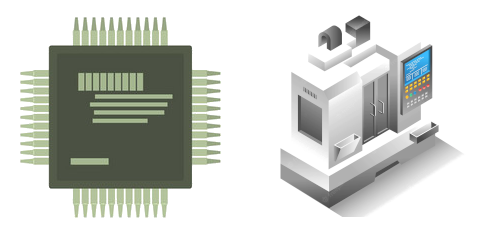
漢德百科全書 | 汉德百科全书
 科学技术
科学技术


Diamond battery is the name of a nuclear battery concept proposed by the University of Bristol Cabot Institute during its annual lecture held on 25 November 2016 at the Wills Memorial Building. This battery is proposed to run on the radioactivity of waste graphite blocks (previously used as neutron moderator material in graphite-moderated reactors) and would generate small amounts of electricity for thousands of years.
The battery is a betavoltaic cell using carbon-14 (14C) in the form of diamond-like carbon (DLC) as the beta radiation source, and additional normal-carbon DLC to make the necessary semiconductor junction and encapsulate the carbon-14.
佐藤干夫(日语:佐藤 幹夫/さとう みきお Satō Mikio,1928年4月18日—2023年1月9日[1])是一名日本数学家,他自称其工作为“代数分析”。
佐藤干夫毕业于东京大学,随后在朝永振一郎指导下做物理学研究生。从1970年起,他在京都大学数学科学研究所任教授。
他以在多个领域开创性工作而著名,比如准齐性向量空间和伯恩斯坦-佐藤多项式,特别是他的超函数理论。这最初以分布理论的推广而出现;随后与格罗滕迪克的局部上同调理论联系起来,后者具有独立的起源,用层理论的语言表述。更远的联系到微函数,关注线性偏微分方程的“微局部”,傅立叶理论(比如“波前”),最终与当前D-模理论的发展相通。其中一部分是调和系统的现代理论:PDE 超定(over-determined)到具有无穷维解空间的程度。
他在使用了无穷维格拉斯曼流形的非线性孤子理论中亦有基本贡献。在数论中他因L-函数的佐藤-泰特猜想而闻名。佐藤干夫于1993年成为美国科学院院士。1997年获得肖克奖,2003年获得沃尔夫奖。
Mikio Satō (jap. 佐藤 幹夫, Satō Mikio; * 18. April 1928 in Tokio; † 9. Januar 2023[1]) war ein japanischer Mathematiker, der sich vor allem mit Analysis, mathematischer Physik beschäftigte und auch für eine zahlentheoretische Vermutung bekannt war.



 汽车
汽车
 能源
能源

 信息时代
信息时代
 教育和研究
教育和研究
 重要学科
重要学科

 历史
历史

 乔治亚州
乔治亚州
 美国的大学
美国的大学

